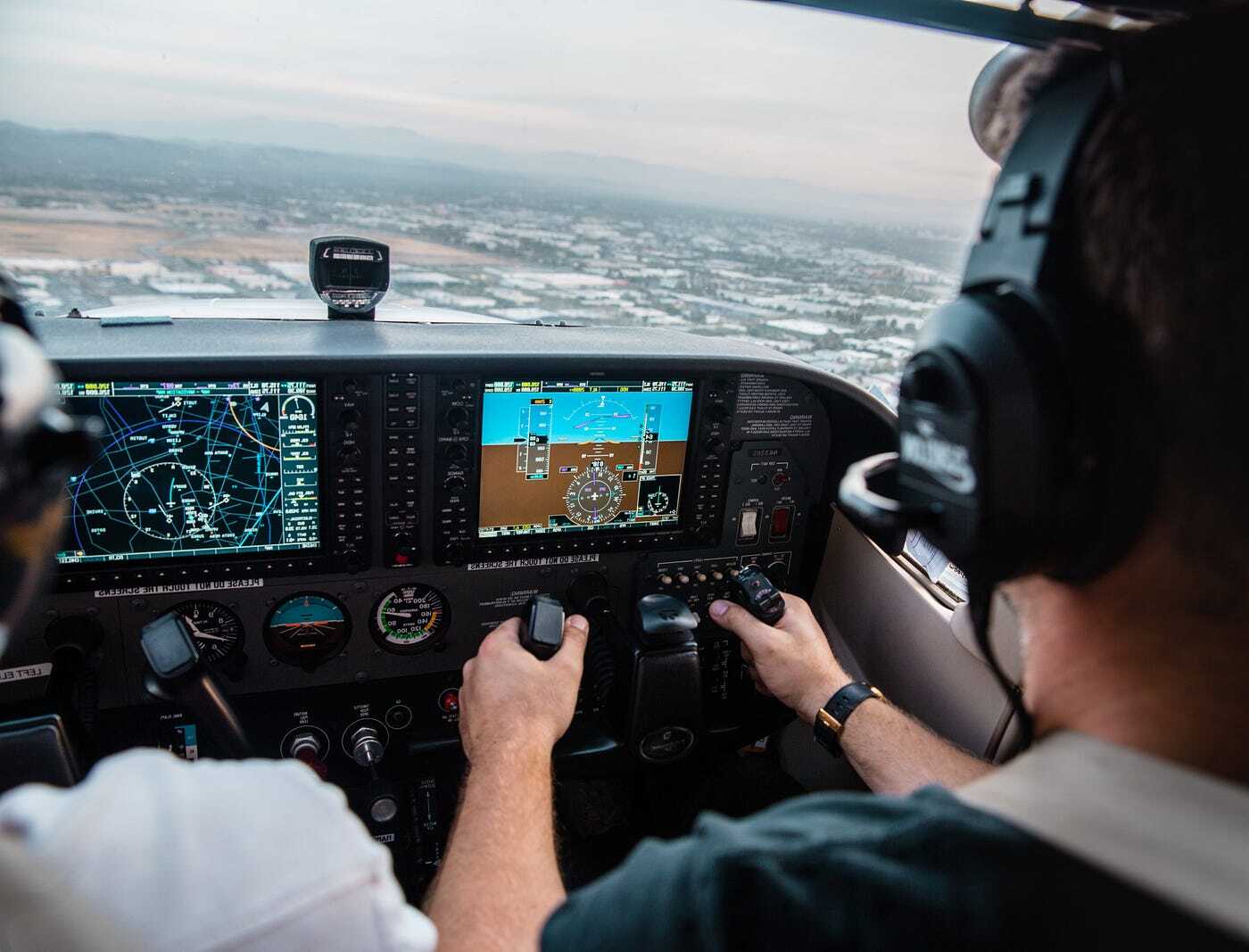
Ever wondered how airlines decide on their flight paths? Aviation route analysis is the secret sauce behind every flight you take. It involves a mix of data, technology, and strategy to ensure planes fly the most efficient routes. This process helps airlines save fuel, reduce travel time, and improve safety. By examining weather patterns, air traffic, and even geopolitical factors, experts can craft the best possible routes. Understanding these 17 facts about aviation route analysis will give you a glimpse into the complex world of air travel planning. Buckle up and get ready to learn how your next flight is mapped out!
Key Takeaways:
- Aviation route analysis involves studying flight paths to make flights safer, more efficient, and cost-effective. It considers factors like weather, fuel efficiency, and air traffic control to optimize routes.
- The history, geopolitical considerations, economic factors, and technological advancements all influence how flight routes are chosen. Tools like flight simulators, data analytics, satellite navigation, and machine learning are used to analyze and optimize routes.
What is Aviation Route Analysis?
Aviation route analysis involves studying flight paths to optimize efficiency, safety, and cost. Airlines and aviation authorities use this data to make informed decisions about routes.
-
Route Planning: Airlines analyze potential routes to determine the most efficient paths, considering factors like distance, fuel consumption, and air traffic.
-
Weather Impact: Weather conditions significantly affect flight routes. Pilots and airlines must adjust paths to avoid storms, turbulence, and other adverse weather.
-
Air Traffic Control: Air traffic controllers play a crucial role in route analysis by managing the flow of aircraft and ensuring safe distances between planes.
-
Fuel Efficiency: Optimizing routes for fuel efficiency helps airlines save money and reduce environmental impact. This involves finding the shortest and least congested paths.
Historical Context of Aviation Routes
Understanding the history of aviation routes provides insight into how modern practices evolved.
-
Early Flight Paths: In the early days of aviation, pilots relied on visual landmarks and rudimentary navigation tools to determine routes.
-
Introduction of Airways: The establishment of designated airways in the 1920s and 1930s helped standardize routes and improve safety.
-
Jet Age: The advent of jet aircraft in the 1950s revolutionized route planning, allowing for longer, faster flights and the development of new international routes.
-
GPS Technology: The introduction of GPS in the 1990s transformed route analysis, providing precise navigation and enabling more direct flight paths.
Factors Influencing Route Analysis
Several factors influence how routes are analyzed and chosen.
-
Geopolitical Considerations: Airlines must navigate airspace restrictions and political tensions, which can affect route choices.
-
Economic Factors: Fuel prices, airport fees, and demand for certain routes all play a role in determining the most cost-effective paths.
-
Environmental Regulations: Increasing environmental awareness and regulations push airlines to find more sustainable routes, reducing carbon emissions.
-
Technological Advancements: Innovations in aircraft design and navigation systems continually impact route analysis, allowing for more efficient and safer flights.
Tools and Techniques in Route Analysis
Various tools and techniques are employed to analyze and optimize flight routes.
-
Flight Simulators: Airlines use flight simulators to test and refine routes, ensuring they are safe and efficient before actual flights.
-
Data Analytics: Advanced data analytics help airlines predict and respond to factors like weather, air traffic, and fuel consumption.
-
Satellite Navigation: Satellite-based navigation systems provide real-time data, enabling more accurate and flexible route planning.
-
Machine Learning: Machine learning algorithms analyze vast amounts of data to identify patterns and optimize routes, improving efficiency and safety.
Future of Aviation Route Analysis
The future of aviation route analysis looks promising with ongoing advancements in technology and sustainability efforts.
- Autonomous Aircraft: The development of autonomous aircraft could revolutionize route analysis, allowing for more precise and efficient flight paths without human intervention.
Final Thoughts on Aviation Route Analysis
Aviation route analysis is crucial for optimizing flight paths, reducing fuel consumption, and improving overall efficiency. By understanding the complexities of air traffic, airlines can make informed decisions that benefit both the industry and passengers. This analysis helps in identifying the most efficient routes, considering factors like weather, airspace restrictions, and aircraft performance. It also plays a significant role in enhancing safety by avoiding congested airspaces and potential hazards. As technology advances, the tools and methods for route analysis continue to evolve, offering even more precise and reliable data. For anyone interested in aviation, grasping the basics of route analysis provides valuable insights into how airlines operate and strive for excellence. Whether you're a frequent flyer or an aviation enthusiast, appreciating the intricacies of route analysis can deepen your understanding of the skies above.
Frequently Asked Questions
Was this page helpful?
Our commitment to delivering trustworthy and engaging content is at the heart of what we do. Each fact on our site is contributed by real users like you, bringing a wealth of diverse insights and information. To ensure the highest standards of accuracy and reliability, our dedicated editors meticulously review each submission. This process guarantees that the facts we share are not only fascinating but also credible. Trust in our commitment to quality and authenticity as you explore and learn with us.


